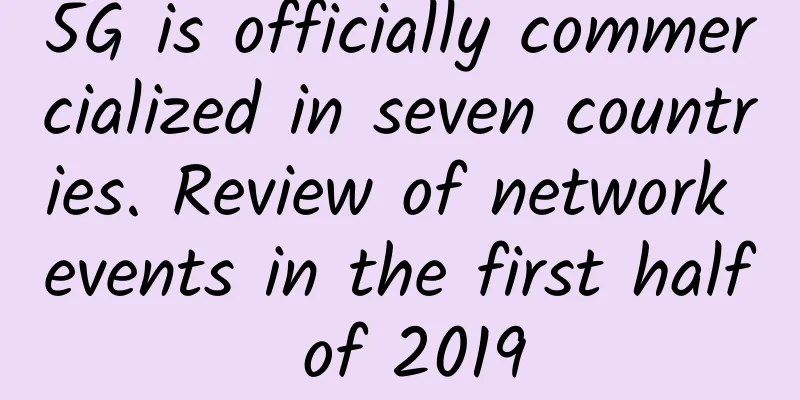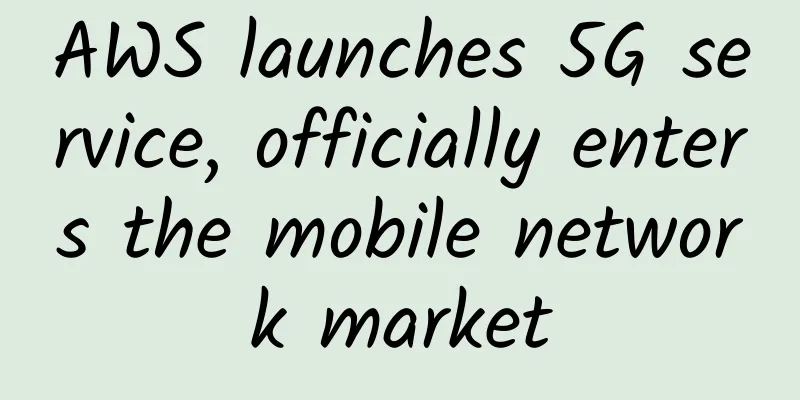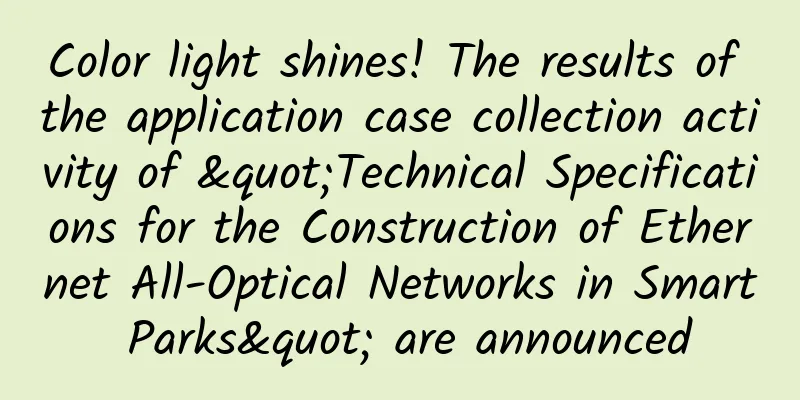8 technologies that are changing IT services

|
No one can deny that service is a job performed by humans. But technology can enhance service and even take over certain tasks. In particular, technology that promotes digital transformation can have a significant impact on the way services are delivered and the customer experience. Here are 8 technologies that are transforming IT services: 1. Search When customers need help, their first instinct is to search online. Suppliers should ensure that their online company and product information is easy to find and optimized for search so that the most relevant results appear first. Ideally, this information would be placed on the supplier's website and prompt visitors where to go or find it.
2. Chatbots Most vendor websites offer an online chat option. However, users usually don't have to chat with a service person, but rather with a software program called a chatbot. This simple chatbot uses a set of programmed instructions and word matching to recognize questions and answer them. More advanced chatbots use artificial intelligence to understand the meaning of sentences and learn from question-and-answer sessions. In theory, a chatbot can manage a huge number of simultaneous conversations, provide answers faster than a human, and handle customer questions with more patience. 3. Cloud computing Cloud computing is a key factor in digital transformation. There are many cloud-based applications for IT service delivery tasks, such as customer relationship management, help desk, remote network management, etc. Service delivery usually requires some kind of collaboration between support engineers and customers. The cloud environment provides a convenient solution for sharing documents, exchanging log files, storing historical data, and other collaborative tasks. 4. Augmented Reality (AR) Although augmented reality (AR) has some application potential, its use in the service industry is still limited. For example, through glasses with augmented reality (AR) functions, remote experts can see what the data center field engineer sees on site. The remote expert can provide instructions to the field engineer and project them onto the field engineer's glasses. Another possibility is to scan an image, barcode or QR code using the camera on a smartphone or tablet. The augmented reality (AR) software will recognize the image and overlay information on the display, enhancing the real-time image with information from the database. 5. Virtual Reality (VR) Virtual reality (VR) is still a technology in development, but it has made great progress in the past few years, depending on the application. Virtual reality (VR) may require a lot of computing power and bandwidth, which makes it unsuitable for long-distance use. However, it can help engineers perform certain tasks without the need for real-time products. In this way, the entire data center can be virtualized, making operations more efficient. 6. Mobile Application Almost everyone spends a lot of time on their smartphones, so customers want to be able to get in touch using their phones. Therefore, corporate websites need to be more mobile-friendly, and mobile customer service apps may be a good idea. Especially in IT services, where a lot of interaction takes place between IT-savvy engineers, using mobile apps may be the best communication mode. Mobile apps also allow companies to collect information about users and help customize the user experience. 7. Social Services According to a survey, people spend an average of three hours a day on their smartphones, two hours of which are spent on social media. So customers need to communicate through social media such as Facebook, WeChat or WhatsApp. Many companies have already provided "social support" services with varying degrees of success. In order to avoid annoying their customers, they can only use social media to provide services and support by integrating their customers with other channels and using sufficient resources for backup. 8. Internet of Things Millions of sensors are connected to the Internet, facilitating real-time remote monitoring. Engineers used to have to go to the site to record measurements and forward this information to the control center. With the Internet of Things, the control center can directly record information in real time, saving time and money, and improving the accuracy and quality of the process. For example, with smart meters, consumers do not have to record and report the gas or electricity usage displayed on the meter. The utility can do this remotely and inform the consumer through an online dashboard, thereby enhancing the customer experience. |
<<: Tech Neo October Issue: Concurrency Optimization
>>: The 7 most in-demand tech jobs of 2018 — and how to hire them
Recommend
Wi-Fi 5 is out! Wi-Fi 6 advantages: faster speed/more power efficient
If 2019 is the first year of Wi-Fi 6 commercializ...
Do you know the differences between different versions of HTTP protocol?
[[420148]] Introduction There are already multipl...
China Economic and Trade Development Park and Huawei signed a strategic cooperation agreement
On September 11, Zhongjing Chengyuan Technology C...
Do we really need 5G? Key facts you need to know
First, 2G was used for calling and texting, then,...
Understanding UWB Ultra-Wideband Technology in One Article
"Point and hit" is often used to descri...
Wi-Fi 6E has been launched. What is the difference between it and ordinary Wi-Fi?
On September 2 last year, ROG released a high-end...
Kai-Fu Lee: Under what conditions will artificial intelligence surpass humans?
[51CTO.com original article] In recent years, art...
There are four major challenges in the development of 5G. The next 2-3 years will be a critical period for the development of 5G.
A total of more than 700,000 5G base stations hav...
Analysis of 5 promising 5G smart interconnection application industries
2019 saw the emergence of 5G commercial capabilit...
Briefly describe the binary search algorithm and time complexity, and implement a binary search algorithm
[[432404]] Binary search is also called half-sear...
Yecao Cloud: Hong Kong VPS special price starting from 89 yuan per year, Hong Kong dedicated server starting from 199 yuan per month
Yecaoyun is carrying out a purchasing season prom...
Why can't the 5G package be changed back to 4G?
Recently, the "5G-forced" incident has ...
A400: 199 yuan/year Hong Kong & US VPS - dual core, 2G memory, 30G-50G hard disk, 1TB monthly traffic
A400 Interconnect is a Chinese merchant founded i...
Megalayer: Dedicated servers from 299 yuan/month, optimized CN2 lines in mainland China, Hong Kong/Philippines/US VPS annual payment from 159 yuan
Megalayer is a subsidiary of Vofo, founded in 201...
New enterprise video conferencing strategies must go beyond meetings
Today’s workflows are increasingly digital, and v...









